
views
Jnana Mudra
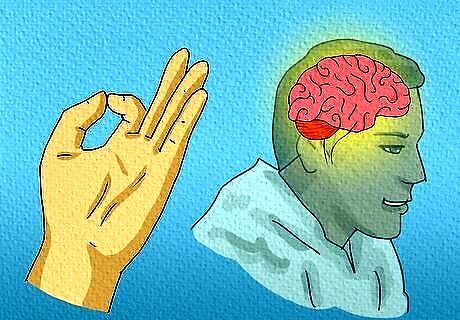
Jnana is associated with improved concentration and mental function. Also called the Gyan mudra, this mudra is known as the gesture of consciousness, and it’s often used to stabilize the mind and help you focus while you practice meditation. Simply touch the top of your thumb with your index finger and extend your other fingers out straight to make this gesture. Though it’s possible to use the Jnana mudra with any kind of yoga, it may be especially effective when you’re in a stable, seated position.
Chinmaya Mudra
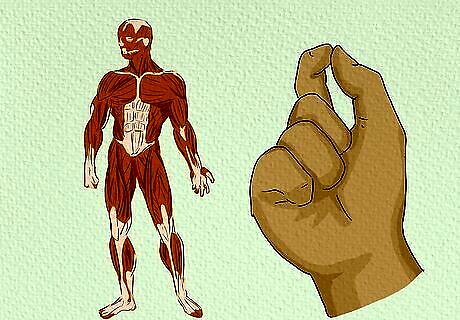
Chinmaya is thought to boost both physical and mental health. Known as the gesture of awareness, the Chinmaya mudra is said to help you better understand the source of your fears and anxieties, as well as help prana energy flow throughout the body. To make this gesture, touch your index finger to the tip of your thumb and curl your other fingers in toward your palm. Keep your palms facing up and your arms relaxed while doing this mudra! In the world of yoga, “Prana” is essentially vital life force or energy for a living being. It distinguishes a living thing from an inanimate object.
Prithvi Mudra
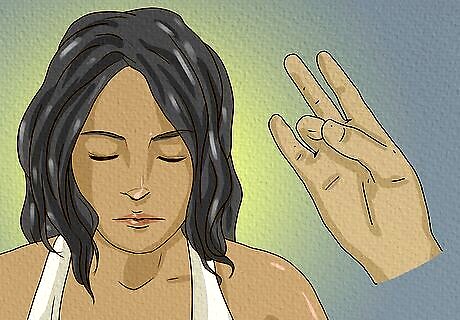
The Prithvi mudra is associated with strength and vitality. In Sanskrit, “prithvi” is a word for the earth element, making this mudra the “earth gesture.” Earth is most often associated with tissues, which is why this mudra is thought to give you glowing, healthy-looking skin and hair. Bring the tips of your ring finger and thumb together while extending the other fingers to make this mudra. In Ayurveda (a holistic system of medicine practiced in India and Nepal) and traditional Chinese medicine, the body is thought to be comprised of 5 main elements: earth, air, fire, water, and space. Each mudra is associated with an element (or elements), and Prithvi is associated with earth in particular. Each finger is also associated with a different element, and the ring finger is linked to earth.
Shunya Mudra

The Shunya mudra is believed to promote mental clarity and peace. The “heaven mudra” is also thought to relieve hearing and balance issues, including motion sickness, vertigo, and numbness anywhere in the body. Touch the tip of your middle finger to the base of your thumb, and let your thumb press lightly on your middle finger just below the knuckles. Then, extend your other fingers to complete the gesture. In ancient times, this mudra was thought to grant access to heaven by harnessing the elements of fire (which is linked to the thumb) and space (which is connected to the middle finger). The Shunya mudra is also thought to help unlock the third eye chakra and crown chakra, which both deal with elevating your consciousness.
Surya Mudra

Surya is said to help with the thyroid gland and weight loss. Surya, which means “sun” in Sanskrit, is also known as the Agni Vardhak mudra. It’s associated with the element of fire and is thought to improve your body’s metabolism (which, in turn, promotes weight loss). Bend your ring finger and press down the top of that finger gently with your thumb while extending the other fingers to make this mudra. The Surya mudra is also sometimes associated with treating the flu and improving your eyesight.
Vayu Mudra
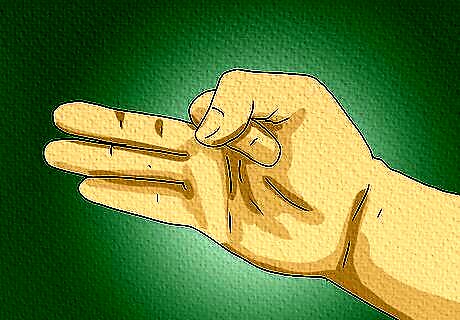
The Vayu mudra may help you calm down when you feel anxious. Vayu, which means “air” in Sanskrit, is thought to regulate air in the body. Practitioners believe it can help clear your mind and collect your thoughts during moments of stress and reduce pain in your joints. Curl your index finger down toward your palm and press it down gently with your thumb while keeping the other fingers extended to use this mudra. The index finger is typically linked to the element of air in Ayurveda, which is why it’s used in Vayu, the “air gesture.” The Vayu mudra is also thought to connect to the heart chakra, which helps you feel compassion for yourself and other people.
Prana Mudra

Prana is thought to boost energy and remove exhaustion. Because “Prana” refers to vital life force in Sanskrit, the Prana mudra is essentially a gesture intended to activate and channel that energy. Yoga practitioners use it for an invigorating effect or to clear internal energetic blockages. Use the Prana mudra by touching the tips of your thumb, ring finger, and pinky finger together while extending the others. When used in yoga and meditation, the Prana mudra is thought to help unlock the root chakra, which is considered the point from which all the energies in your body emerge. The pinky finger (or little finger) is linked to the element of water in Ayurveda (while the thumb and ring finger are connected to fire and earth, respectively).
Vyana Vayu Mudra

Vyana Vayu is associated with improved circulation and blood pressure. Also called the “heart mudra,” Vyana Vayu is the mudra of choice for yoga practitioners who want to regulate their blood pressure, reduce their drowsiness, and improve their heart health. To use this mudra, touch the tips of your middle and index fingers to the tip of your thumb—and keep your ring finger and pinky extended. The Vyana Vayu mudra is also connected with the sacral chakra, so some people who practice yoga may use it to boost pleasure and creativity.
Varuna Mudra
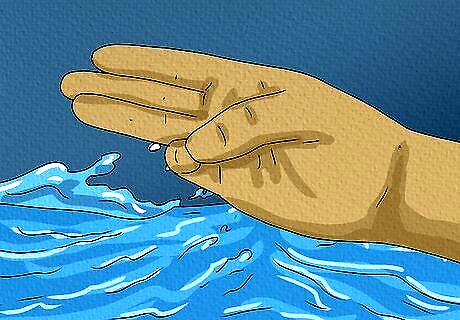
The Varuna mudra may help balance bodily fluids and support hydration. This is known as the “water mudra,” which is why it is thought to balance bodily fluids—and offer relief from issues like dehydration, digestive issues, anemia, and kidney disorders. Touch the tip of your pinky (little finger) to the tip of your thumb while keeping the other fingers extended to use this mudra. Don’t worry if keeping your middle 3 fingers extended is a little hard at first. That’s normal, especially for beginners! With time and practice, you’ll be able to perfect this hand gesture.
Linga Mudra
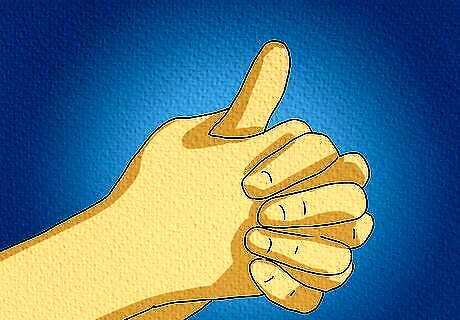
The Linga mudra is thought to generate body heat. Yoga practitioners also believe that the Linga mudra can balance the element of fire in your body and help you fight off colds, sinus infections, fevers, and lung disorders like bronchitis. To use this mudra, interlock the fingers of both your hands together, knuckles pointing out, and extend your left thumb upright. Remember that if you’re sick, always see a doctor and take medicine first and foremost. Don’t use the Linga mudra as a cure for illnesses; rather, use it as a supplement that may help you feel better on top of medicine and doctor visits.
Adi Mudra

The Adi mudra is said to quiet the mind and calm the nervous system. Also called the “first mudra,” it’s mainly used to facilitate the flow of energy between your heart and head—which soothes your nervous system (since it includes your brain and spinal cord). Simply make a fist with your hand to use this mudra; lay your thumb down first and wrap your other fingers around it so they all make contact with your thumb. The Adi mudra is unique because it connects all of your fingers and their corresponding elements: fire (thumb), air (index finger), space (middle finger), earth (ring finger), and water (little finger). The Adi mudra symbolizes unity and connection between the elements, which is why it’s thought to bring balance to your body and mind.













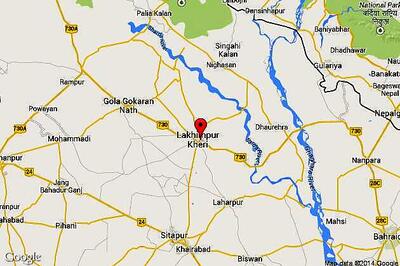



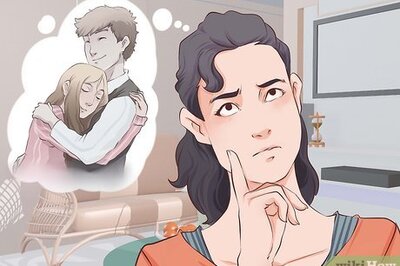


Comments
0 comment